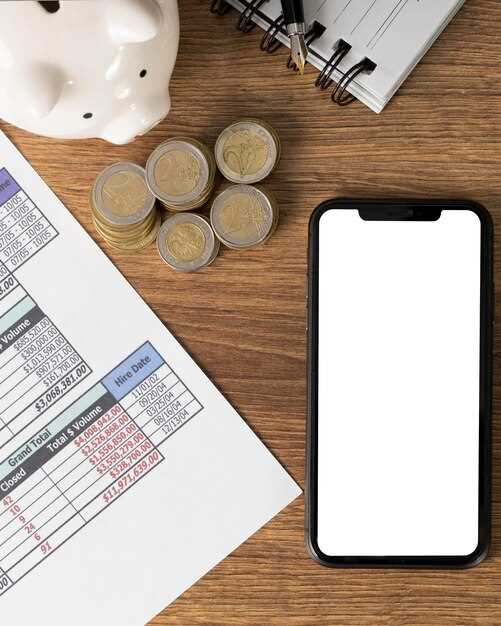
Participating in an auction can be an exciting experience, but it’s crucial for buyers and sellers to have a clear understanding of the associated cost structure. This includes not only the final bidding price but also the various fees that can significantly affect the total amount spent or received. Many first-time bidders are surprised to find that the advertised price is often only part of the equation.
Understanding the intricacies of auction fees can help bidders avoid unexpected financial pitfalls. Hidden charges such as bidding premiums, administrative fees, and transaction costs can add layers of complexity to the auction process. These fees can vary widely depending on the auction house, the type of auction, and the asset being sold, making it essential to research and be prepared.
In this article, we will delve into the common auction fees and hidden charges that participants may encounter. By shedding light on these financial aspects, we aim to equip bidders with the knowledge they need to navigate the auction landscape effectively, ensuring that they make informed decisions that reflect the true total cost of participation.
Understanding Different Types of Auction Fees
Auction fees can significantly impact the overall cost of participating in an auction. Knowing the different types of fees involved can help bidders budget effectively and avoid unexpected expenses. Here are the primary categories of auction fees:
- Buyer’s Premium: This is a standard fee collected by the auction house in addition to the winning bid amount. Typically expressed as a percentage of the final bid, the buyer’s premium can range from 5% to 20%. For example, if the final bid is $1,000 and the buyer’s premium is 10%, the total cost for the buyer will be $1,100.
- Listing Fees: Some auction houses charge sellers a fee to list their items for auction. This fee may be a flat rate or a percentage based on the item’s estimated value. Sellers should factor this fee into their total costs when considering what to sell.
- Reserve Fees: If a seller sets a reserve price on an item, there may be an additional fee associated with this service. A reserve price is the minimum amount the seller is willing to accept. If the item doesn’t reach this price during bidding, the auction house may still charge the reserve fee.
- Catalog Fees: In some cases, auction houses charge fees for including an item in their auction catalog. This can cover the costs of photography, promotional materials, and online listings. Sellers should inquire about catalog fees when preparing to submit their items.
- Packing and Shipping Fees: If the auction house handles the packing and shipping of won items, these services often come with associated fees. Buyers should confirm these costs ahead of time to understand the total they will be responsible for after the auction concludes.
- Payment Processing Fees: Some auction platforms may charge a fee for processing credit card payments. This fee usually varies depending on the payment method and can typically range from 2% to 4% of the total amount.
Understanding these fees is crucial for both buyers and sellers to accurately calculate the total costs associated with auction participation. By being aware of and planning for these additional charges, participants can make informed decisions and enhance their auction experience.
Calculating the Total Cost of Bidding

When participating in an auction, understanding the total cost of bidding is crucial for making informed decisions. Bidding isn’t just about the final bid amount; several fees can significantly impact the overall expenditure.
First, consider the auction platform’s listing fees. These are costs charged for placing items on the auction site and can vary based on the item’s value or category. Secondly, most auctions impose a buyer’s premium, which is a percentage of the final bid added to the total cost. This premium can range from 5% to 20%, depending on the auction house.
Another factor to account for is taxes. Depending on local regulations, you may be required to pay sales tax on top of the hammer price and buyer’s premium. Ensure you understand the tax implications in your area, as they contribute to the total outlay.
Additionally, consider any shipping or handling fees that may apply, especially if the auction item requires delivery. This cost can fluctuate based on the item’s size, weight, and shipment distance, further impacting your total expenses.
To summarize, calculating the total cost of bidding involves adding the final bid amount, buyer’s premium, taxes, and any shipping charges. Being aware of these components will help you avoid unexpected charges and make more strategic bidding decisions.
Identifying Common Hidden Charges in Auctions

When participating in auctions, bidders often overlook various hidden charges that can significantly impact the total cost of their purchases. Understanding these fees is crucial for accurate budgeting and avoiding unexpected expenses.
One of the most common hidden charges is the buyer’s premium, which is a percentage added to the final hammer price. This fee varies by auction house but typically ranges from 5% to 20%. Bidders should be aware that this premium increases the total amount they will need to pay beyond the final bid.
Another potential cost is the auction registration fee. Some auction houses require prospective bidders to pay a fee to register, which is often non-refundable. This charge can be easily overlooked but should be factored into the overall expenses.
Additionally, there may be costs associated with payment methods. For instance, credit card transactions can incur processing fees, and certain auction houses may impose additional charges for wire transfers. Bidders should clarify these payment-related fees ahead of time to avoid surprises.
Shipping and handling fees are also frequently underestimated. Once a bid is won, the total cost can escalate if the item requires shipping, especially for large or delicate items. It’s essential to inquire about shipping costs and choose suitable options based on both budget and urgency.
Taxes represent another significant hidden charge at auctions. Depending on local laws, sales tax may apply to the final sale price, including the buyer’s premium. Bidders must calculate this tax to obtain an accurate estimate of their total costs.
Finally, storage fees may apply if an item is not picked up promptly after the auction. Auction houses often have policies that include daily storage charges, which can quickly accumulate if bids are not retrieved on time.
In conclusion, identifying common hidden charges in auctions is vital for bidders. By being aware of buyer’s premiums, registration fees, payment costs, shipping and handling charges, taxes, and potential storage fees, bidders can effectively manage their total expenses and make informed decisions.
